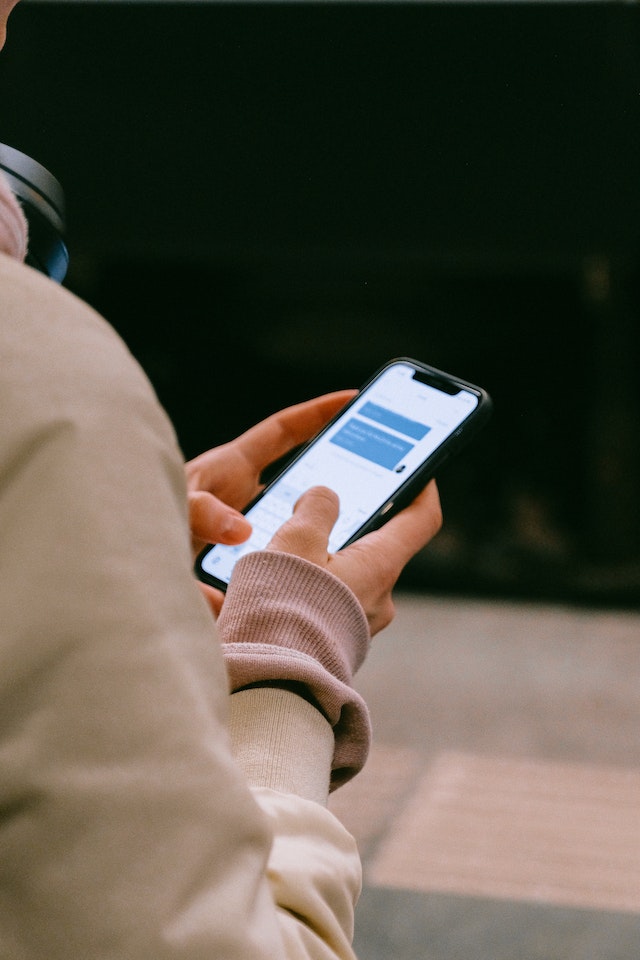In this lesson, you will explore the world of the Internet. You will learn what the Internet is, how it connects people and devices around the globe, and why it plays such an important role in our everyday lives.
The Internet is a vast network that links computers, tablets, and phones worldwide. It enables us to communicate with others, access information, and enjoy various activities online.
The Internet is like a giant web that connects billions of devices across the planet. It started as a way for scientists and researchers to share information, but now it is used by people everywhere for many different purposes.
Devices such as computers and smartphones are connected through cables, wires, and wireless signals. This allows information to travel quickly from one place to another, no matter how far apart they are.
The Internet helps us in many ways. We can use it to learn new things, talk to friends and family, find directions, and even shop for items without leaving home. It makes the world feel smaller and more connected.
This video explains what the internet is, when it was invented and how it works. It covers how information, such as a website or a phone message, is sent over the internet. The video also touches on the dangers of the internet.
Duration: 3:29
The Internet is a massive network of computers and devices connected all around the world. It allows us to send messages, share information, and access websites from almost anywhere. In this step, we will explore some of the exciting things you can do on the Internet and how it connects us all.
Here are some common activities that people enjoy on the Internet:
The Internet links billions of devices, including computers, smartphones, and tablets. These devices are connected through cables, wires, and wireless signals, allowing information to travel quickly across the globe. This connection makes it possible to communicate and find information easily and efficiently.
Think about how you might use the Internet in your daily life. For instance, you could check the weather before school, look up facts for a project, or send a message to a relative. The Internet makes the world feel smaller by bringing people and information closer together.
One of the primary functions of the Internet is to enable communication by allowing people to send messages to one another. This is commonly achieved through methods such as email, social media platforms, or dedicated messaging applications. When you compose and send a message, it is transmitted across the Internet to reach the intended recipient. In this step, we will examine the process in greater detail.
Consider a scenario where you wish to send a message to your friend, Alex. You begin by typing the message on your computer, tablet, or smartphone. The device then converts your text into a digital format suitable for transmission over the Internet. This format consists of small units of data known as 'data packets'.
These data packets are essentially bundles of information that include not only your message but also details about its destination. They are routed through an extensive network of interconnected computers, cables, and wireless signals. This network ensures that the packets travel efficiently from your device to Alex's, even if you are in different countries.
Upon arrival at the destination device, the data packets are reassembled and converted back into the original message. Alex can then view and read it on their screen.
While the actual mechanics involve advanced technology, this simplified explanation provides a foundational understanding of how messages are sent via the Internet. It demonstrates the Internet's role in facilitating global communication.
In this step, you will discover how the Internet enables us to share information with individuals across the globe. Sharing information is a fundamental aspect of the Internet, allowing people to exchange knowledge, ideas, and experiences efficiently. This is accomplished through various online platforms and tools, such as websites, blogs, and social media. Below, we will explore these methods in greater detail.
Here are some primary ways in which information is shared on the Internet:
Sharing information on the Internet fosters learning, collaboration, and global connectivity. It allows experts to distribute knowledge, students to access educational resources, and communities to stay informed about events. However, it is essential to share information responsibly, ensuring that what you post is accurate, respectful, and appropriate for your audience.
Consider how you might use these tools in your own life, such as researching a school project on a website or sharing a drawing with a friend via social media. The Internet transforms the way we exchange ideas, making the world feel more interconnected.



